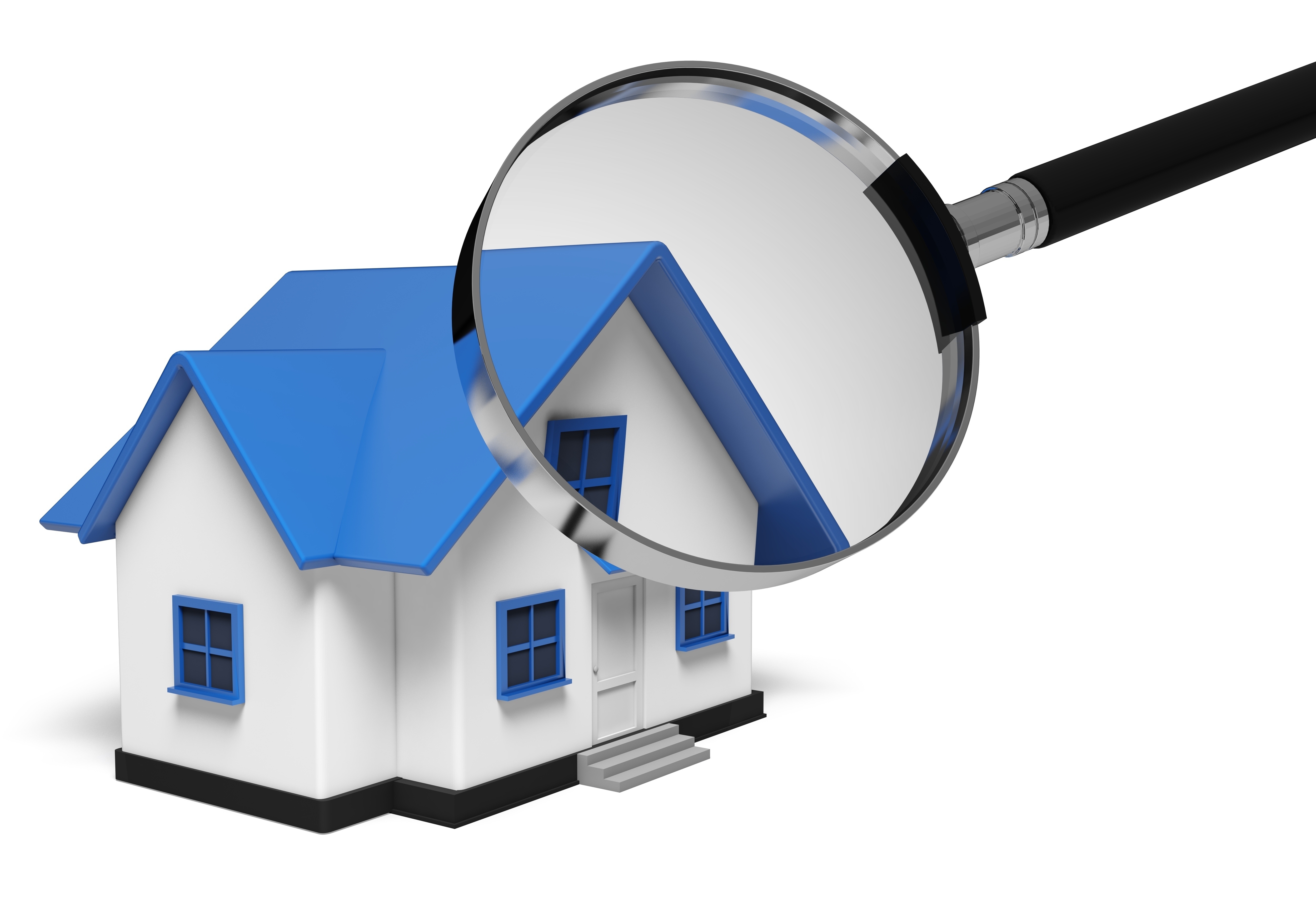
Understanding the Appraisal ProcessTheir home's purchase can be the most important transaction many of us could ever make. Whether it's a main residence, a seasonal vacation property or one of many rentals, purchasing real property is a complex financial transaction that requires multiple parties to pull it all off. You're probably familiar with the parties taking part in the transaction. The real estate agent is the most known entity in the transaction. Next, the lender provides the financial capital needed to finance the deal. The title company sees to it that all details of the sale are completed and that the title is clear to transfer to the buyer from the seller. So, who makes sure the real estate is worth the purchase price? In comes the appraiser. We provide an unbiased estimate of what a buyer could expect to pay — or a seller receive — for a property, where both buyer and seller are informed parties. A licensed, certified, professional appraiser from Peter M Scotti & Associates will ensure, you as an interested party, are informed. Inspecting the subject propertyOur first responsibility at Peter M Scotti & Associates is to inspect the property to determine its true status. We must actually see aspects of the property, such as the number of bedrooms and bathrooms, the location, and so on, to ensure they really are there and are in the shape a reasonable person would expect them to be. To ensure the stated size of the property is accurate and describe the layout of the home, the inspection often requires creating a sketch of the floorplan. Most importantly, we identify any obvious amenities - or defects - that would affect the value of the house. Next, after the inspection, an appraiser uses two or three approaches to determining the value of the property: paired sales analysis and, in the case of a rental property, an income approach. 
Replacement CostHere, we pull information on local construction costs, the cost of labor and other factors to figure out how much it would cost to replace the property being appraised. This value commonly sets the maximum on what a property would sell for. It's also the least used method. 
Paired Sales AnalysisAppraisers become very familiar with the communities in which they appraise. They thoroughly understand the value of specific features to the people of that area. Then, the appraiser researches recent transactions in close proximity to the subject and finds properties which are 'comparable' to the property at hand. Using knowledge of the value of certain items such as remodeled rooms, types of flooring, energy efficient items, patios and porches, or extra storage space, we add or subtract from each comparable's sales price so that they are more accurately in line with the features of subject property.
An opinion of what the subject might sell for can only be determined once all differences between the comps and the subject have been evaluated. When it comes to putting a value on features of homes in Providence and Providence, Peter M Scotti & Associates can't be beat. This approach to value is typically given the most consideration when an appraisal is for a real estate sale. Valuation Using the Income ApproachA third way of valuing approach to value is sometimes used when an area has a reasonable number of renter occupied properties. In this scenario, the amount of income the real estate yields is factored in with income produced by neighboring properties to derive the current value. Coming Up With The Final ValueAnalyzing the data from all applicable approaches, the appraiser is then ready to state an estimated market value for the property in question. The estimate of value at the bottom of the appraisal report is not always what's being paid for the property even though it is likely the best indication of what a property is worth. Depending on the individual circumstances of the buyer or seller, their level of urgency or a buyer's desire for that exact property, the closing price of a home can always be driven up or down.Regardless, the appraised value is typically employed as a guideline for lenders who don't want to loan a buyer more money than the property is actually worth. At the end of the day, an appraiser from Peter M Scotti & Associates will help you get the most accurate property value, so you can make wise real estate decisions. |